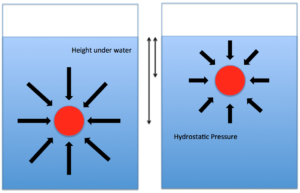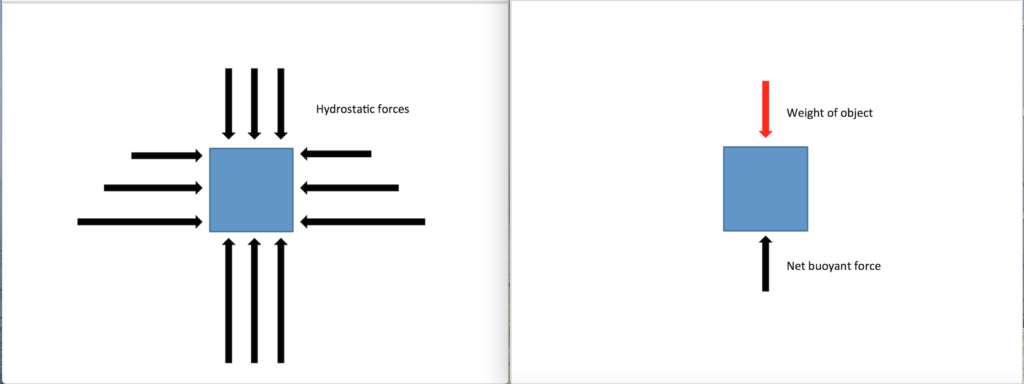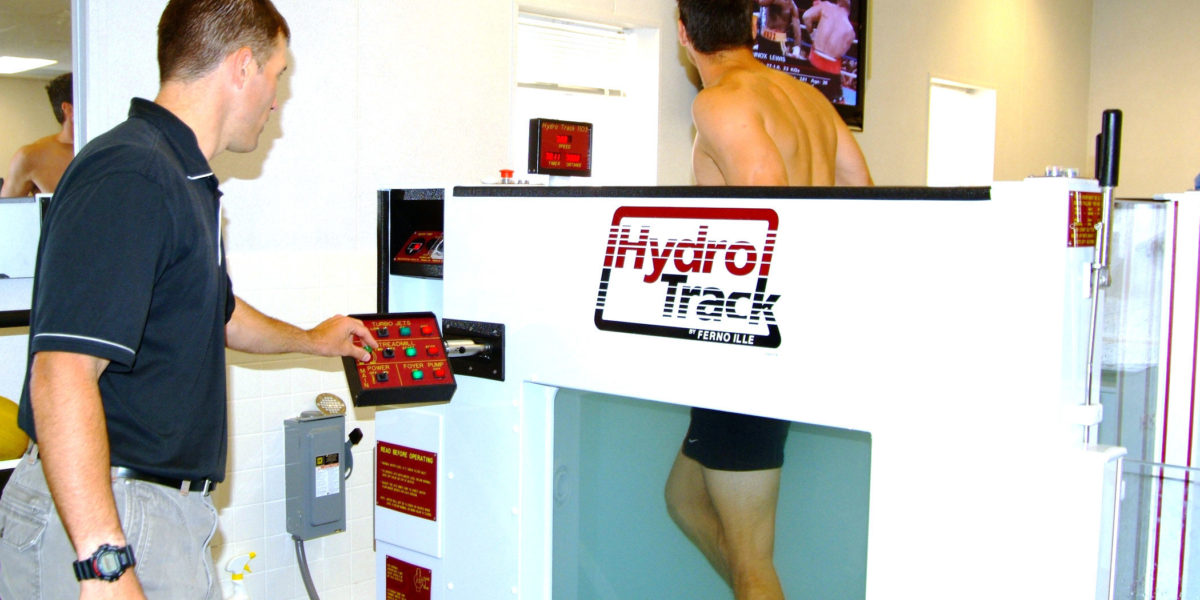Just because you can’t walk on water doesn’t mean you shouldn’t run under it!
Aqua-jogging. Hydro-running. Water-treadmills. Have you ever heard some combination of these terms and wondered what the hype is?
Running underwater offers benefits for people throughout their fitness journey. Underwater running has proven useful for a variety of focuses, including recovery after injury, cross training, and even improved gait. This article includes a video showing a Runner’s World coach tries out a Hydrotrack and discusses some of the benefits!
So, why does it work?
Three basic water properties: hydrostatic pressure, buoyancy, and viscosity.
Hydrostatic pressure is the force that the water exerts on a submerged point. Hydrostatic pressure acts all around the point. However, since hydrostatic pressure is proportional to the weight of liquid above the point, it increases with increased water depth. This means that your feet would experience greater hydrostatic pressures than your knees. While running, this pressure helps support your body and decrease impact forces. In addition to helping prevent injuries through a decreased risk of falling, it also helps decrease swelling and promote cardiovascular health. This article talks about the specifics of pressure with swelling and the cardiovascular system.

Buoyancy is the hydrostatic force applied to an object with volume (rather than just a point). Since they are at the same depth, all the horizontal forces cancel out. Since the bottom of the object is deeper than the top, the net buoyant force on the object pushes up. The difference between the buoyant force and the weight of the object submerged determines if the object will rise, sink, or stay in place. Thus, the more submerged a person is, the more of their weight is supported. This research article explains how this support can help make gait analysis more effective to further prevent injury. When water reaches the person’s navel, 50% of their weight is supported. This weight bearing capability of water decreases forces on joints and can even help improve range of motion. This allows physical therapy to begin sooner and, overall, take less time out of the patient’s normal routine. This allows shorter rehabilitation times without sacrificing quality of care or recovery.

Viscosity is a fluid property that affects the resistance that an object encounters during motion. In the case of underwater running, viscosity explains why you move significantly slower in water than on land. It also can offer resistance up to 15 times the amount of resistance on land. Forcing your limbs through the water strengthens muscles that are not typically used out of the water and even burns more calories!
As noted above, viscosity can help strengthen muscles as shown in this study on deep water running (DWR) in a community of elderly women shows how viscosity affects overall strength training. It showed that the women who participated in DWR increased their muscle strength (measured through power) and performed better in various tests, including ones that involved sitting down and getting up. The study showed that deep water running helped to mitigate some of the negative muscular effects of aging.
Overall, running underwater offers some great benefits. The basic properties of water (hydrostatic pressure, buoyancy, and viscosity) provide scientific background for why hydro-running provides benefits for all.
Featured image: 070509-N-4772B-008
CORONADO,Calif. (May 9, 2007) – Robert J. Jadgchew, Naval Special Warfare Group One Athletic Trainer, adjusts the the underwater treadmill for a patient. The underwater treadmill is used to rehabilitate servicemembers with lower body injuries. U.S. Navy photo by Mass Communication Specialist 2nd Class Brian P. Biller (RELEASED)
